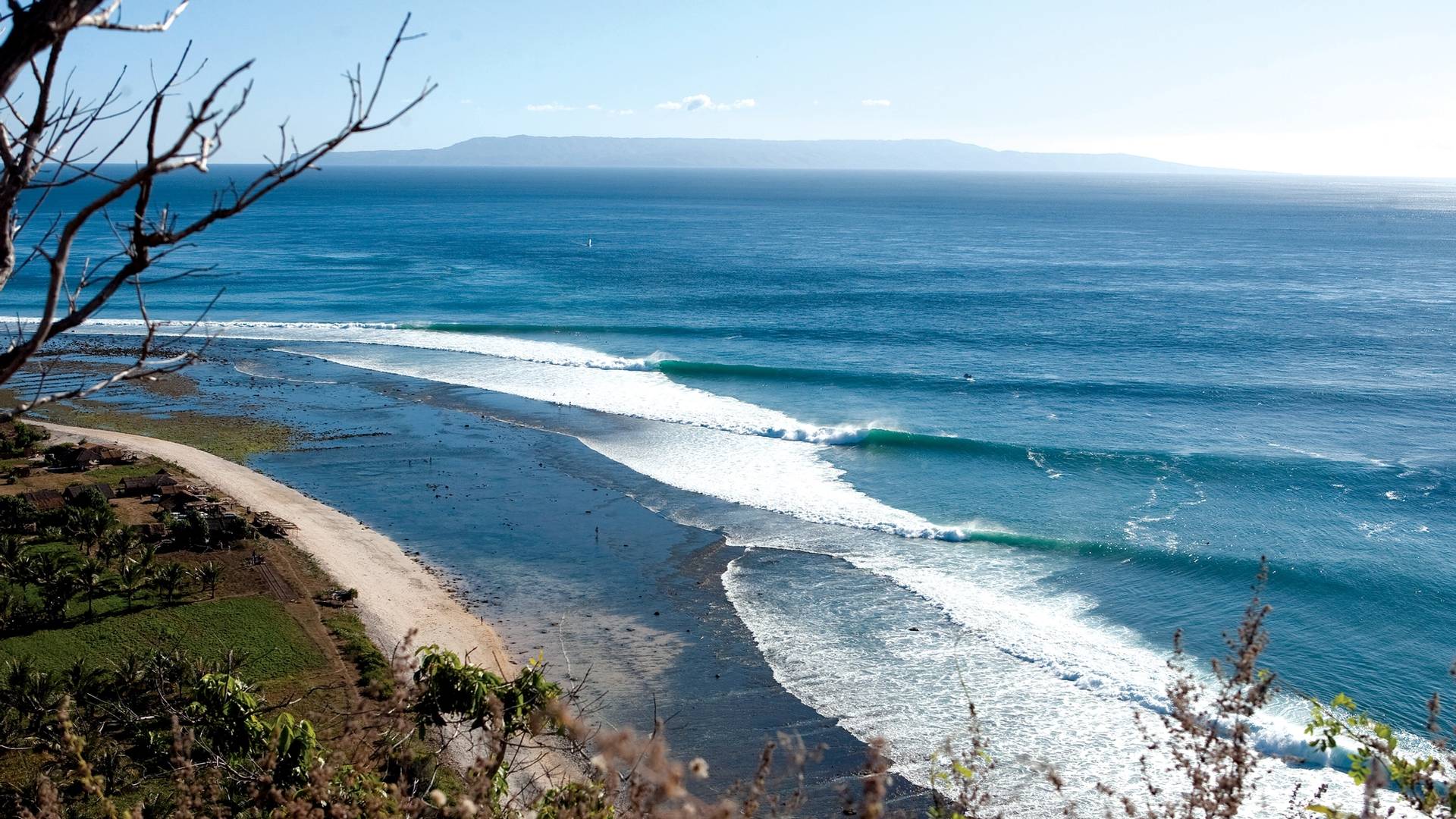The Arenillas Ecological Reserve is located in the southwestern coastal region of Ecuador in the province of El Oro. The closest major city is Huaquillas, a border city with Peru. The reserve is home to both tropical dry forest and mangrove forests. The reserve has more than 17,000 hectares, making it one of the most important remnants of dry habitat vegetation on the Ecuadorian coast.
In the past, this area was part of the military reserve, and to conserve dry and semi-arid environments, it was officially declared an ecological reserve in 2001 (creation began in 1971). The Reserve is part of the National System of Protected Areas of Ecuador and since 2012 it was declared an Ecological Reserve, under the jurisdiction of the Ministry of Environment.


The Arenillas Ecological Reserve consists of a flat typography and has mangroves that surround it. The reserve has access to the Zarumilla and Arenillas rivers and is crossed by the Arenillas – Huaquillas highway.
The interesting thing about the Arenillas Ecological Reserve is that its dry ecosystem uses a survival strategy similar to that used by other ecosystems in countries with a very cold Winter. Trees lose its leaves during the dry season, when the heat is intense to prevent what little water there is from evaporating through the leaves. Examples of tree species that use this technique are guayacanes, ceibo and palo santo.
To visit the reserve you do not need to make a reservation or have to pay an entrance fee. The reserve is open from Monday to Sunday from 8:00 AM to 4:00 PM.
How to get to the Arenillas Ecological Reserve?


From Guayaquil: Drive along the Vía a Machala for 186 km, from there go to Sta. Rosa for 26 km and continue until you reach the city of Arenillas for 21 km, from there continue via Huaquillas until you reach the sign for the Arenillas Ecological Reserve.
From Arenillas/Huaquillas: Drive along the Arenillas – Huaquillas road until you find the entrance sign to the protected area. Turn at the sign and go ahead 4 kilometers to reach the park’s visitor center.
What kind of fauna and flora are found in the Arenillas Ecological Reserve?


There are 178 plant species recorded, of which only 76 are native, 10 were introduced and 25 are endemic to the region. Among them are the ficus, guayacanes, ceibos, and orchids.
The Reserve is home to 231 registered species of fauna; of which 153 are birds. Of these birds, 35% are endemic to the reserve. Here you can see the Macareño Slate Anambé Parakeet and the Blackish-headed Spinetail.
There are 31 types mammals which include coastal fox, the anteater, the nine-banded armadillo, the Robinson mouse possum, the Pacific spiny rat, the jaguarundi, the Tayra, the fishing bat, the vampire bat, crab-eating raccoon, Pacific brown bat, Ecuadorian little yellow bat, western round-eared bat, and white-naped squirrel.
There are also 13 of these species of reptiles, 9 species of amphibians, 12 species of fish and 13 species of macroinvertebrates.
What activities can you do in the Arenillas Ecological Reserve?


There are a limited number of things to do in the Arenillas Ecological Reserve including photography, walk the jungle and go for a bicycle ride.
Is it possible to camp in the Arenillas Ecological Reserve?
You can camp for free with your own camping equipment at the Arenillas Ecological Reserve, which requires registering before 3:00 PM. The park ranger will provide you with all the necessary information, such as the place assigned to make fires and set up your tent.
What to do in the Arenillas Ecological Reserve?

The reserve has an interpretation center and two trails that are used for hiking or biking. The facilities have a parking area, benches, Wi-Fi, a campsite, water and electricity.
The first trail is called “El Venado”, which is a 1.6 kilometer circuit through the tropical dry forest. Here you can observe the vegetation of the area and hopefully spot wildlife.
Distance: 1.6 KM | Difficulty: Easy
The second path is the “Squirrel”, my favorite. This last trail takes you along a 3.5 kilometer route also through the dry forest and you pass two bridges; one of wood and another hanging bridge. With luck you can find wildlife and enjoy the vegetation of the place.
Distance: 3.5 KM | Difficulty: Medium
During the flowering season of the Guayacanes or the Bototillo, the dry forest turns yellow for a week. This natural event takes place during the first rains of the winter season that normally occur between the months of December to January. Another interesting natural event is the flowering of the Fernán Sanchez that turns the forest with different shades of pink and brown.
What to pack to visit the Arenillas Ecological Reserve?
- Light and long-sleeve clothing
- Comfortable closed shoes
- Water
- Hat or cap
- Sunscreen
- Snacks
- Camera
- Chapstick





More Stories
Plan Epic Family Vacations Everyone Will Remember
Family Vacations: Plan the Perfect Getaway for All
Family Vacations: Explore, Bond, and Have Fun Together